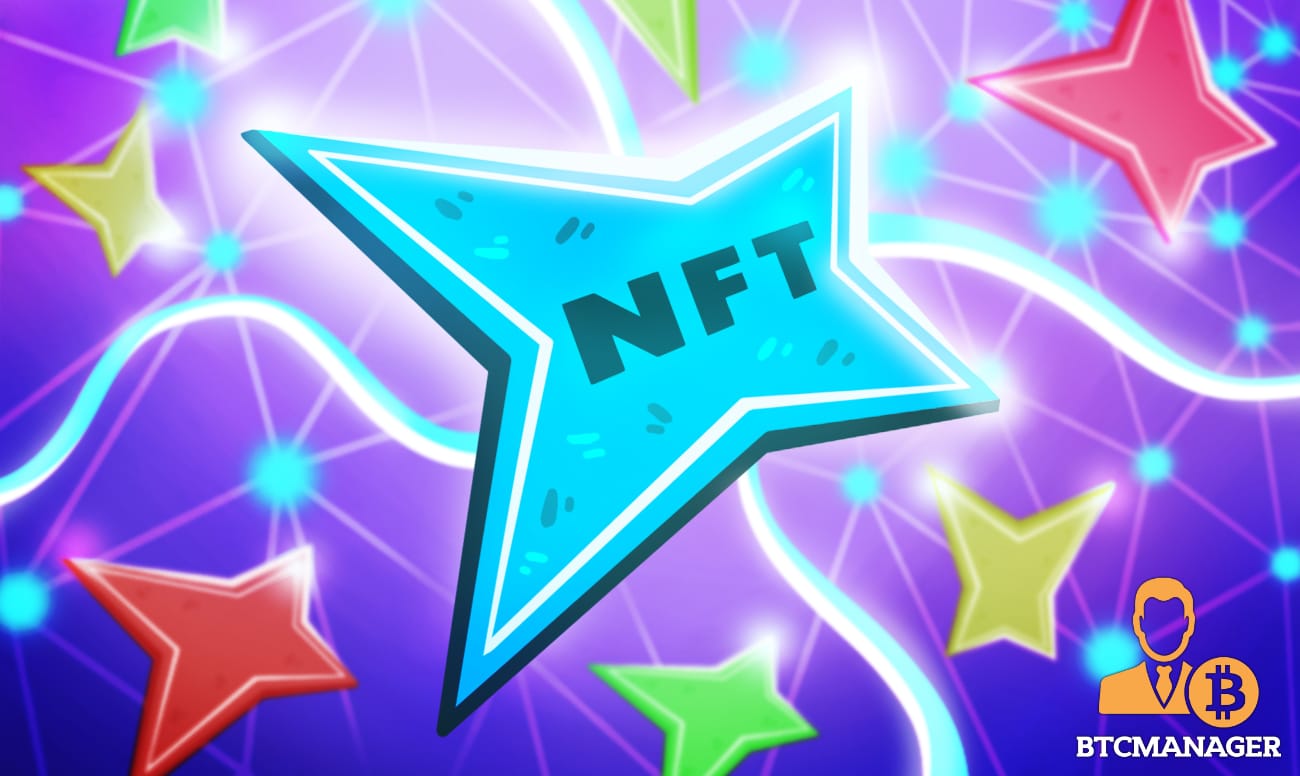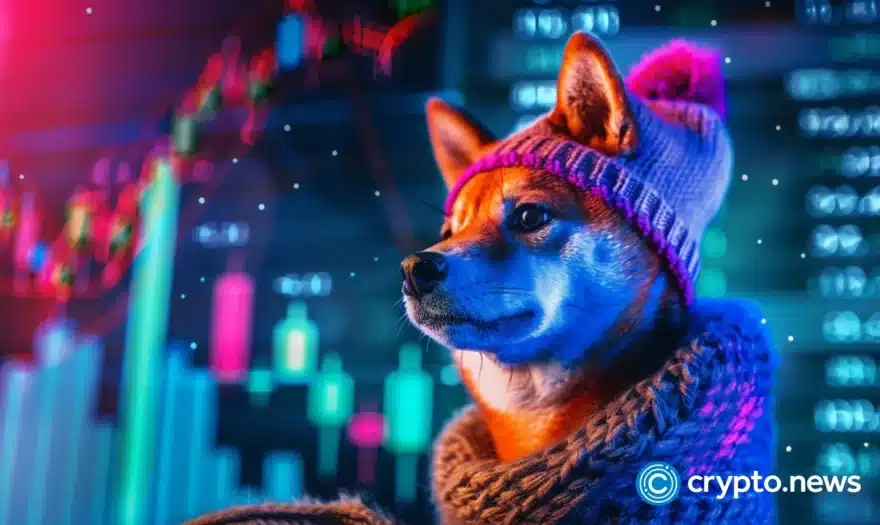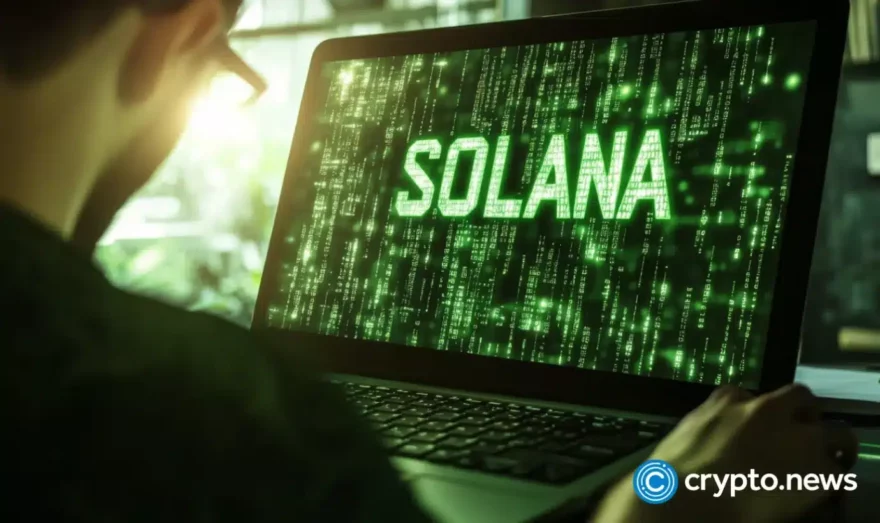How Can NFTs Be the Foundation of Blockchain Gaming?

The NFT industry continues to grow in ways we never imagined. At first, non-fungible tokens revolutionized ownership of artworks and collectibles in the digital world. Then, as the industry evolved with new use-cases, we understood NFTs are a market-expanding technology that can revolutionize multiple sectors in crypto. One sector that is now being powered by the parabolic growth in NFTs is blockchain gaming.

NFTs have been a catalyst for many blockchain games to attract more gamers and show them a new way to play video games. It led to the evolution of the play-to-earn gaming concept as NFTs enabled players to earn consistent income in blockchain economies and games provided them the necessary platforms to trade in-game assets for real money.
Moving forward, we will see NFTs play a much bigger role in the blockchain gaming space, given its functionality is constantly programmed to meet market demand. Outside of digital identity and tokenization, NFTs need to be used and improved in certain ways to make it the foundation of blockchain gaming.
Here are some factors that will largely impact how far NFTs go in terms of shaping the future of blockchain gaming.
Sustainable, NFT-Powered Revenue Model
In the traditional gaming industry, players spend significant time and money on games that never offer any return. It’s not the developers’ fault. So far, gaming studios just didn’t have the infrastructure to provide immutable ownership of in-game assets. With NFTs entering the gaming scene now, that will no longer be a problem.
However, the play-to-earn games in the blockchain space need to create a sustainable revenue model using NFTs. And it should not be limited to only players, but also every network contributor.
For example, let us take Axie Infinity. It has a dual token economy that allows players to buy NFTs at the marketplace and earn daily rewards for completing quests and winning battles. The game also incentivizes the developers by taking a 4.25% fee for every transaction. This is a sustainable revenue model because the in-game economy is built without developer or any third-party interference.
Massive NFT Infrastructure
With the emergence of NFTs, the blockchain gaming space could dethrone DeFi to become the biggest market segment in crypto. To get there, however, we need an NFT infrastructure that lowers entry barriers for new users and enhances user experiences.
Thankfully, we already have a few projects working on that front. One of the leading projects building the much-needed NFT infrastructure is Enjinstarter — a proprietary launchpad dedicated to metaverse and gaming projects. Enjinstarter is creating a blockchain gaming ecosystem by providing a platform to raise capital and build communities.
Gaming Guilds for Better Accessibility
A massive trend going unnoticed by most in crypto right now is the evolution of decentralized autonomous organizations (DAOs). And that’s something that could help blockchain gaming significantly.
At present, a majority of players struggle to access the required capital or expertise to earn consistent income from blockchain games. This is where DAO-based gaming guilds come into the picture. Players can acquire NFTs from guilds by applying for a scholarship and get the largest cut of the revenue-sharing program. For example, let’s consider Yield Guild Games and Merit Circle.
These gaming guilds onboard players, help them understand the game mechanics and provide financial support by buying required NFTs. Doing this prepares more gamers for the new era of gaming and ensures blockchain games reaches its actual audience, i.e. gamers, instead of just being adopted by regular crypto investors.
NFT Interoperability
NFTs provide transparent ownership of various digital assets. And it has helped many projects level up in terms of functionality and value creation for users. However, that is not the full potential of NFT technology.
One of the most important elements of NFTs is interoperability. And blockchain games need to provide players with interoperable game assets. Players should be able to deploy their avatars and other game assets in the present and future metaverses. Also, there is a much bigger need for cross-chain solutions and agnostic marketplaces to overcome the current NFT segmentation.
NFTs: Strongest Catalyst for Blockchain Gaming?
NFTs have the potential to change gaming forever. They can make 3D environments in different virtual gaming worlds more appealing to mainstream users, driving more adoption for the entire crypto space. Furthermore, they can create some of the biggest player-owned economies once the infrastructure and gameplay improvements are properly made. So, it won’t be wrong to say that NFTs will actually act as the strongest catalyst for blockchain gaming.













